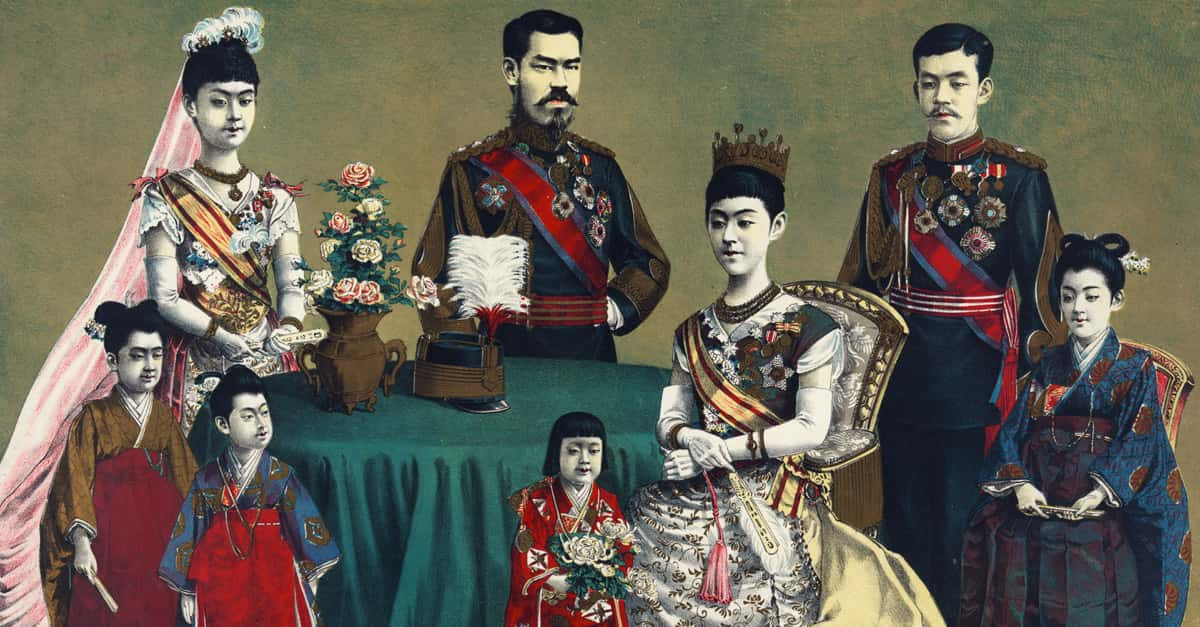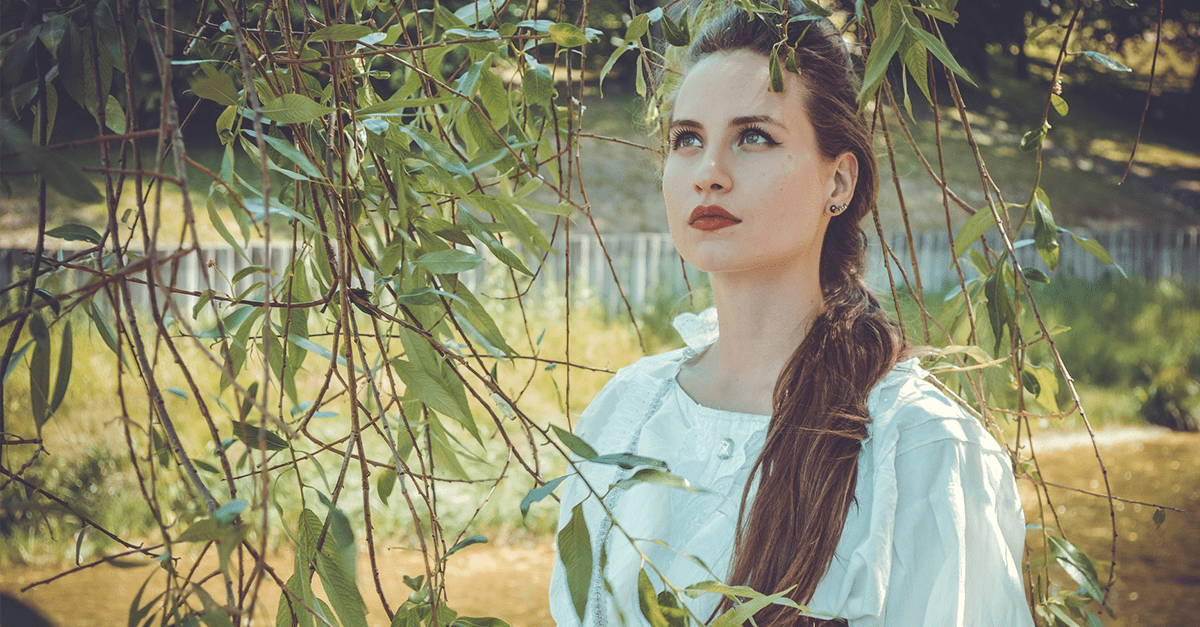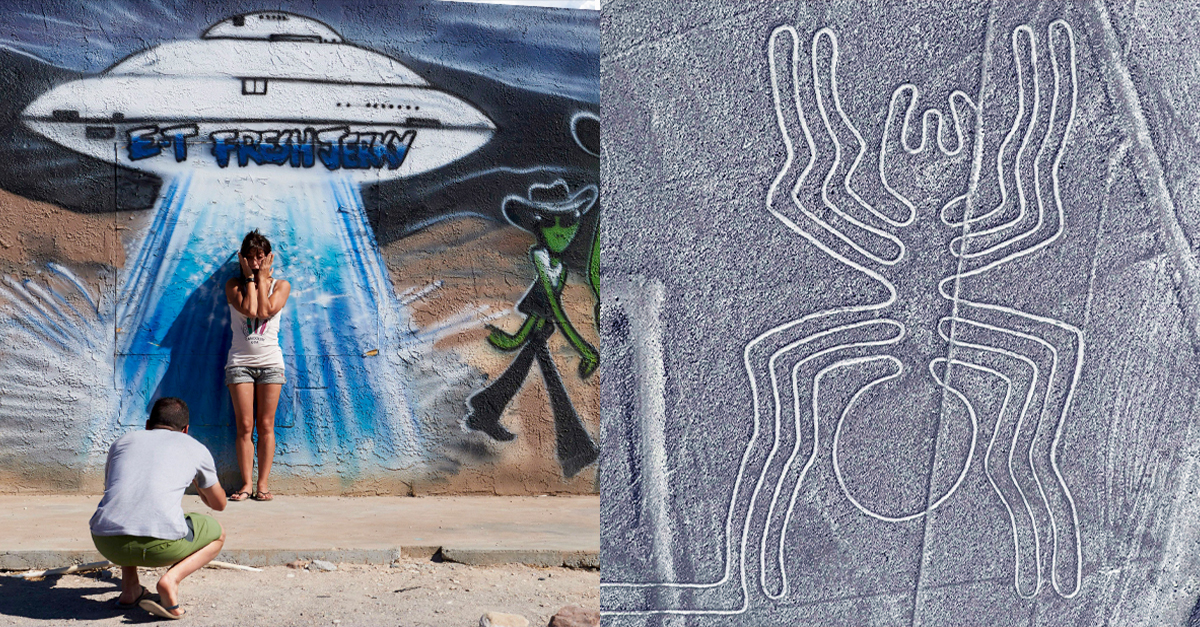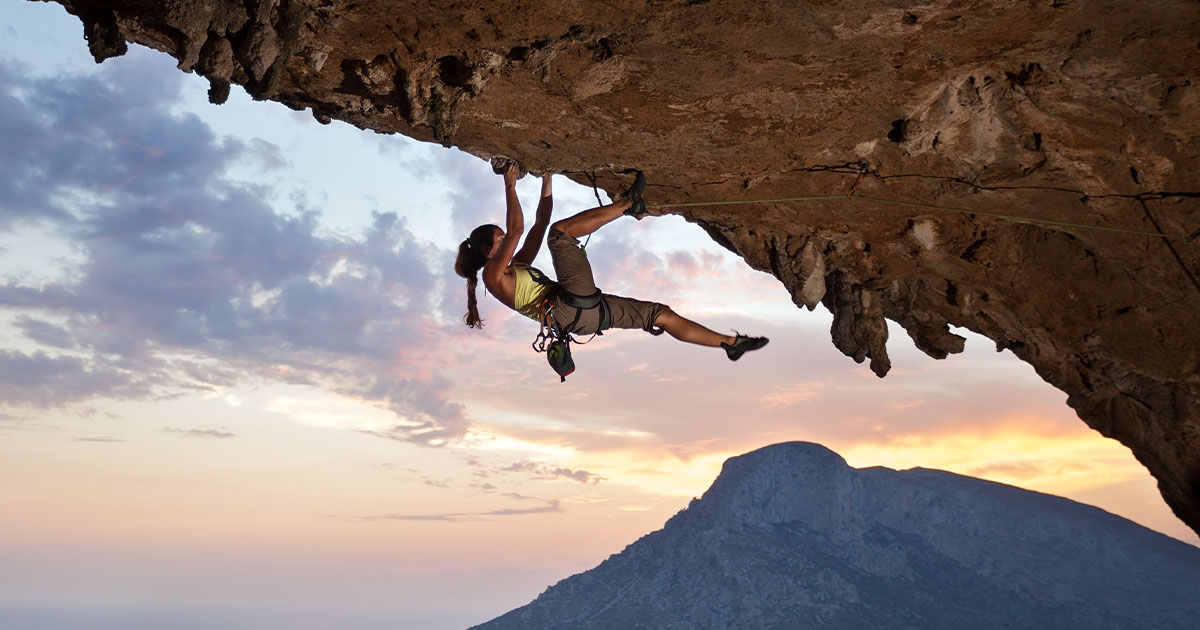Ancient Stories Live On
History books get it wrong sometimes. They make you think ancient cultures have disappeared. But step into Canyon de Chelly, and you'll find Navajo families living much like their ancestors did. They keep something precious alive.

Ancient Home
Canyon de Chelly stretches across northeastern Arizona, a sacred 84,000-acre sanctuary where Navajo people have lived for nearly 5,000 years. Spider Rock, the canyon's most famous landmark, is at its center, surrounded by towering red cliffs and historic structures holding ancient tales.
Canyon De Chelly
When the Ancient Puebloans (Anasazi) first settled in the canyon around 350 CE, they constructed multistory homes and kivas in the alcoves. Later, the region was inhabited by the Hopi and Navajo tribes, who both influenced its cultural atmosphere.
Last Defense
When Colonel Kit Carson's soldiers came in 1864, many Navajo families fled deep into the canyon's hold. Despite their efforts, troops discovered most hideouts and destroyed crops, forcing thousands to surrender. Only the most resourceful families survived in remote caves, sustaining themselves on wild plants.
The Long Walk
Those captured faced a grueling 300-mile forced march to Fort Sumner, New Mexico. This tragic journey claimed countless lives through starvation and exposure. Finally, after four years of suffering, the 1868 treaty allowed survivors to return to their beloved canyon sanctuary.
 Unknown author, Wikimedia Commons
Unknown author, Wikimedia Commons
Rock Art Gallery
Upon their return, they reunited with ancestral treasures—over 2,500 archaeological sites adorning canyon walls. Some drawings date back to 2500 BCE and depict hunts, ceremonies, and daily life. Natural limestone and sandstone have preserved these irreplaceable cultural records for millennia.
White House Trail
Today, visitors can witness this ancient artistry along the White House Trail, where vivid red and white handprints still mark stone surfaces with stunning clarity. It is said that researchers continue discovering previously hidden rock art panels in the canyon's most secluded recesses.
 Ronnie Macdonald from Chelmsford, United Kingdom, Wikimedia Commons
Ronnie Macdonald from Chelmsford, United Kingdom, Wikimedia Commons
White House Trail (Cont.)
The trailhead is located on the South Rim of Canyon de Chelly National Monument at the White House Overlook. It is approximately 2.6 miles round-trip (about 1.3 miles one-way) and is said to be moderate in terms of difficulty. The trail descends about 600 feet into the canyon.
 Ronnie Macdonald from Chelmsford, United Kingdom, Wikimedia Commons
Ronnie Macdonald from Chelmsford, United Kingdom, Wikimedia Commons
Spider Woman's Tower
Dominating this scenario, Spider Rock soars 800 feet skyward. Navajo oral tradition holds that this magnificent spire houses Spider Woman, the divine being who first taught weaving skills. Its distinctive red and black striped surface comes from natural mineral deposits within the stone.
 Linda Morehhouse, Wikimedia Commons
Linda Morehhouse, Wikimedia Commons
Weaving Traditions
This sacred connection explains why Navajo weavers still gather at Spider Rock's base for important ceremonies, especially the Kinaalda ritual marking young women's transition to adulthood. This cultural touchstone has become one of the Southwest's most photographed natural elements. Navajo Corn Grinding at a Kinaalda by Peter Deswood (Navajo Podcaster)
Navajo Corn Grinding at a Kinaalda by Peter Deswood (Navajo Podcaster)
Ancient Orchards
Beyond this celebrated “rock”, hidden alcoves shelter peach orchards with trees that go back to the 1860s. Spanish missionaries introduced the first peaches during the 1600s, but the Navajo developed their very own sweet variety that was well adapted to thrive in harsh desert conditions.
 James St. John, Wikimedia Commons
James St. John, Wikimedia Commons
Irrigation Innovation
To nurture these precious trees, Navajo farmers engineered ingenious water-catching basins that maximize scarce rainfall. During the forced relocation period, determined families risked everything to secretly return and tend these beloved orchards, which continue bearing fruit today.
 Canyon de Chelly National Monument (4K) by Hoosier Tim's Travel Videos
Canyon de Chelly National Monument (4K) by Hoosier Tim's Travel Videos
Traditional Names
The very name "de Chelly" derives from the Navajo "Tseyi," meaning "within the rock," but locals know each section by specific traditional names. The Junction area is "Tsege Ahattii" (where rocks meet), while Spider Rock carries the name "Tseyinali" (rock that climbs upward).
 Margie Roesch, Wikimedia Commons
Margie Roesch, Wikimedia Commons
Living History
Navajo guides move through the canyon, sharing these traditional place names. Their voices echo those of countless ancestors. Unlike static museum exhibits, these names form a living map connecting past to present. The words have carried vital knowledge across generations through droughts, invasions, and cultural shifts.
 National Park Service Digital Image Archives, Wikimedia Commons
National Park Service Digital Image Archives, Wikimedia Commons
Farming Wisdom
Well, this knowledge extends beyond names to the land itself. Seasoned Navajo farmers recognize sixteen distinct types of soil, knowing precisely which crops each supports. Their ancient practice of planting corn, beans, and squash together near natural springs has proven effective.
 With water rights in hand, Navajo still hope to restore farms on Utah’s San Juan by KSL News Utah
With water rights in hand, Navajo still hope to restore farms on Utah’s San Juan by KSL News Utah
White Shell Mountain
Hidden among twisted side canyons lies a rare limestone formation flecked with ancient fossilized shells that gleam white in the desert sun. This sacred site holds profound spiritual importance for the Navajo people. According to their creation stories, the Holy People formed this mountain when the world was young.
 Rollin Jewett, Wikimedia Commons
Rollin Jewett, Wikimedia Commons
White Shell Mountain (Cont.)
White Shell Mountain, known as Sisnaajini in Navajo, is another name for Blanca Peak. It is present in the Sangre de Cristo Mountains of southern Colorado and is the highest peak in the range, standing at 14,351 feet (4,374 meters) above sea level.
 Great Sand Dunes National Park and Preserve, Wikimedia Commons
Great Sand Dunes National Park and Preserve, Wikimedia Commons
Sacred Medicine
Medicine people honor Sisnaajini through rituals that align with traditional teachings. They approach it with humility, recognizing its role as a living example of Navajo spirituality. Rituals performed at or in connection with Sisnaajini aim to restore harmony between individuals and the universe.
Generational Homes
Unlike many abandoned ruins, Canyon de Chelly is alive with the ongoing life of Navajo families, who have maintained a presence for nearly thirty generations. Here, traditional eight-sided hogans stand alongside modern structures, framing a living timeline that blends ancient practices with modern conveniences on ancestral lands.
 Andreas F. Borchert, Wikimedia Commons
Andreas F. Borchert, Wikimedia Commons
Seasonal Living
Many families maintain dual residences. Summer homes are at the cool canyon bottom, and winter dwellings are on the warmer rim. This seasonal migration mirrors patterns established by their ancestors centuries ago, which makes this one of North America's longest-continuously inhabited regions.
 James Lundeen, Wikimedia Commons
James Lundeen, Wikimedia Commons
Healing Plants
Canyon de Chelly's diverse microclimates, including riparian zones, hanging gardens, and sheltered alcoves, nurture more than 300 medicinal plant species. These include rare varieties of sage (Artemisia), datura (Datura wrightii), and other sacred herbs that thrive in these specific environments.
 James St. John, Wikimedia Commons
James St. John, Wikimedia Commons
Cultural Stewardship
Specific families or clans often hold the responsibility for protecting these sanctuaries. Knowledge of plant locations, harvesting techniques, and their uses is transferred orally through mentorship rather than written records. Besides, gatherers adhere to strict seasonal rules to sustain the plants' growth.
 James St. John, Wikimedia Commons
James St. John, Wikimedia Commons
Sound Chambers
Interestingly, the canyon's rock formations and natural chambers create areas where sound is amplified and resonated. Whispers can become loud, clear echoes, and soft murmurs can turn into chorus-like resonances. Basically, it all happens when sound waves bounce off the rock surfaces.
 James St. John, Wikimedia Commons
James St. John, Wikimedia Commons
Ceremonial Acoustics
So, these acoustic properties of Canyon de Chelly are deeply intertwined with Navajo spiritual practices. The ability to amplify prayers and songs is seen as a way to communicate with the divine and honor the ancestors.
 James St. John, Wikimedia Commons
James St. John, Wikimedia Commons
Modern Protection
Today's existing canyon is the result of a historic collaboration between the National Park Service and the Navajo Nation. This arrangement helps preserve archaeological treasures while giving due respect to the Navajo sovereignty over their ancestral lands. The model demonstrates how indigenous management enhances cultural site preservation.













